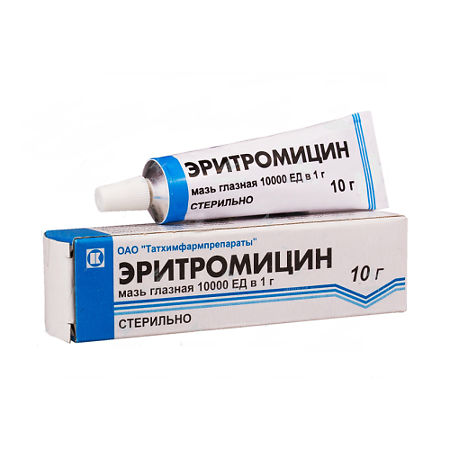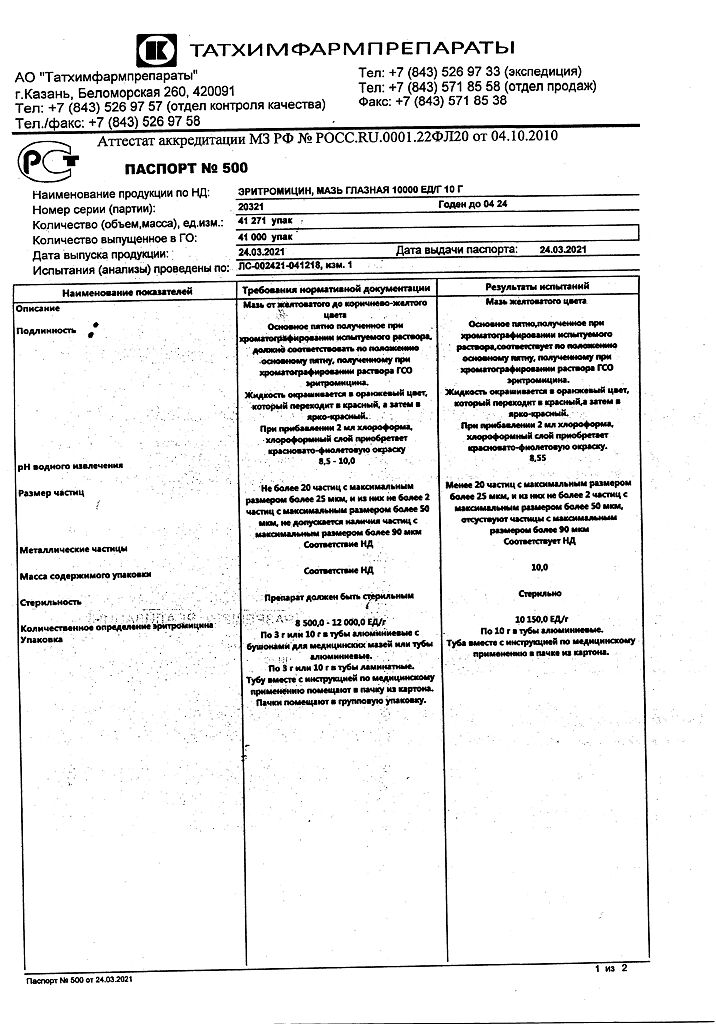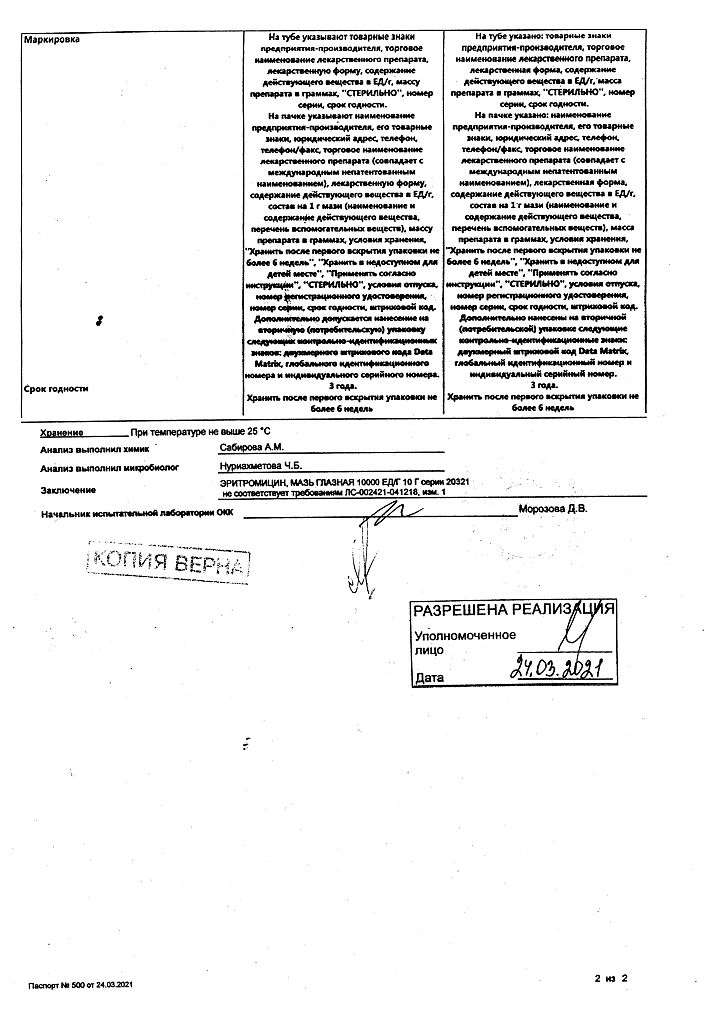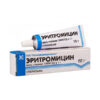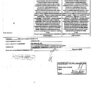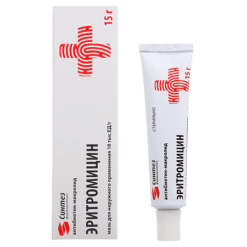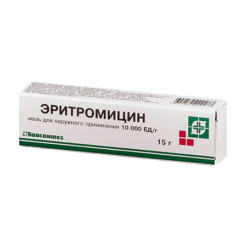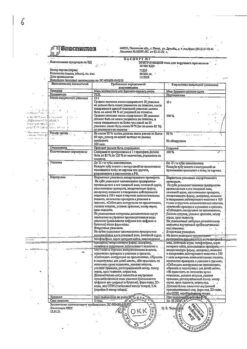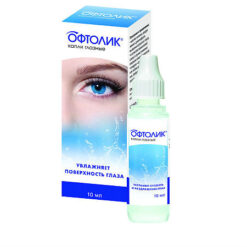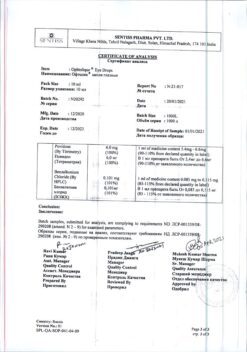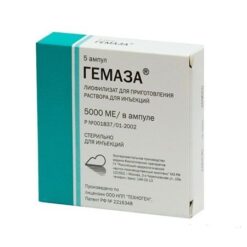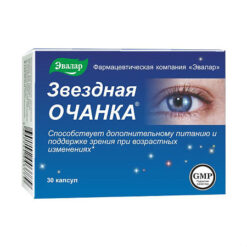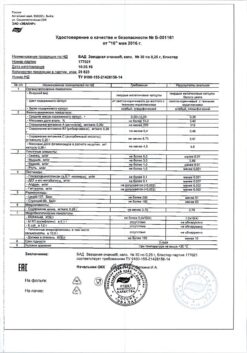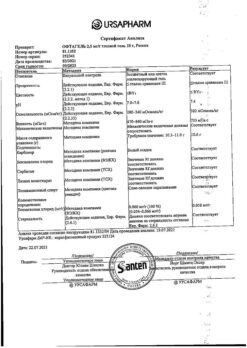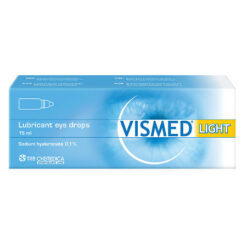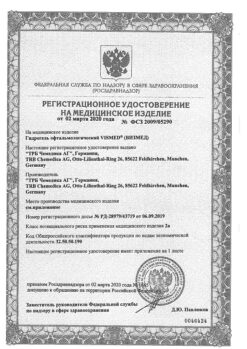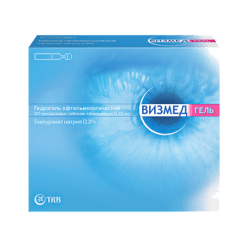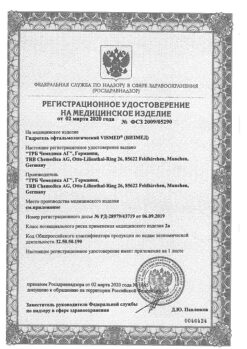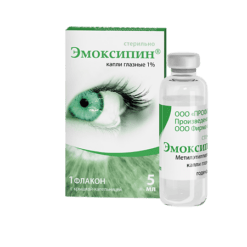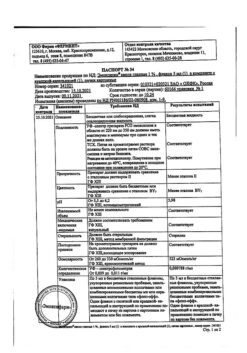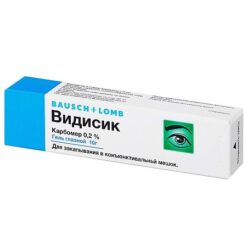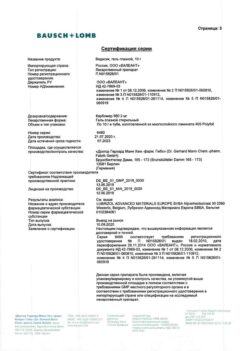No products in the cart.
Erythromycin, eye ointment 10000 units/g tube 10 g
€4.42 €3.93
Description
Erythromycin is an antibacterial agent of the macrolide group, which is produced by Streptomyces erythreus. The action of the drug is bacteriostatic.
It has antibacterial action against a large number of Gram-positive and Gram-negative microorganisms (different types of N. gonorrhoeae, N. Meningitidis, Streptococcus, Staphylococcus), including strains of bacteria resistant to other antibiotics. Erythromycin is also active against Actinomyces israelii, Mycoplasma pneumoniae, Ciostridium spp., Corynebacterium diphtheriae, Listeria monocytogenes, Haemophilus influenzae, chlamydia.
Most gram-negative bacteria, viruses, mycobacteria and fungi are resistant to the drug.
Eritromycin tolerance is better than that of the penicillins, so it can be prescribed if there is an allergy to the latter. Microflora develop resistance to erythromycin quickly.
Indications
Indications
conjunctivitis (including in newborns),
ophthalmia of newborns,
bacterial blepharitis,
blepharoconjunctivitis,
keratitis,
meibomite (barley),
chlamydia,
trachoma.
Pharmacological effect
Pharmacological effect
Erythromycin is an antibacterial substance from the macrolide group, which is produced by Streptomyces erythreus. The effect of the drug is bacteriostatic.
It has an antibacterial effect on a large number of gram-positive and gram-negative microorganisms (various types of N. gonorrhoeae, N. Meningitidis, Streptococcus, Staphylococcus), including strains of bacteria resistant to other antibiotics. Erythromycin is also active against Actinomyces israelii, Mycoplasma pneumoniae, Ciostridium spp., Corynebacterium diphtheriae, Listeria monocytogenes, Haemophilus influenzae, chlamydia.
Most gram-negative bacteria, viruses, mycobacteria, and fungi are resistant to the drug.
Erythromycin is better tolerated than penicillins, so it can be prescribed if you are allergic to the latter. Microflora resistance to erythromycin develops quickly.
Special instructions
Special instructions
The drug is prescribed with caution in case of impaired liver and/or kidney function.
Erythromycin can be prescribed for allergies to penicillins.
Erythromycin is not recommended to be taken with milk or dairy products.
Erythromycin crosses the placenta and is excreted in breast milk, therefore, when prescribing the drug during pregnancy and lactation, the expected benefit to the mother and the potential risk to the fetus should be assessed.
To prevent ophthalmia in newborns, it is not recommended to wash the eye ointment out of the eye. In children whose mothers have severe gonorrhea, erythromycin is recommended to be used simultaneously with a solution of penicillin G (aqueous) for parenteral administration.
Active ingredient
Active ingredient
Erythromycin
Composition
Composition
1 g eye ointment contains:
Active ingredient:
erythromycin (in terms of active substance) – 10,000 units
Auxiliary components:
anhydrous lanolin – 0.4 g,
sodium disulfite – 0.0001g,
special Vaseline – up to 1 g.
Contraindications
Contraindications
severe impairment of liver function;
hypersensitivity to the components of the drug.
Side Effects
Side Effects
When using the ointment, irritation (redness, itching) is possible.
With prolonged use, a secondary infection caused by erythromycin-resistant microorganisms may develop.
Interaction
Interaction
Erythromycin is an antagonist of lincomycin, clindamycin, chloramphenicol. It is capable of significantly reducing the bactericidal effect of beta-lactam antibacterial agents (penicillins, cephalosporins, carbopenems).
The simultaneous use of medicinal external forms of erythromycin and abrasive substances that cause skin irritation, or with agents that cause exfoliation of the skin, may result in a cumulative irritating or drying effect.
Overdose
Overdose
No data described.
Storage conditions
Storage conditions
In a dry place at room temperature, out of the reach of children.
Shelf life
Shelf life
3 years.
Manufacturer
Manufacturer
Tatchimpharmpreparaty, Russia
Additional information
| Shelf life | 3 years. |
|---|---|
| Conditions of storage | In a dry place at room temperature, out of the reach of children. |
| Manufacturer | Tatkhimpharmpreparaty, Russia |
| Medication form | eye ointment |
| Brand | Tatkhimpharmpreparaty |
Other forms…
Related products
Buy Erythromycin, eye ointment 10000 units/g tube 10 g with delivery to USA, UK, Europe and over 120 other countries.

